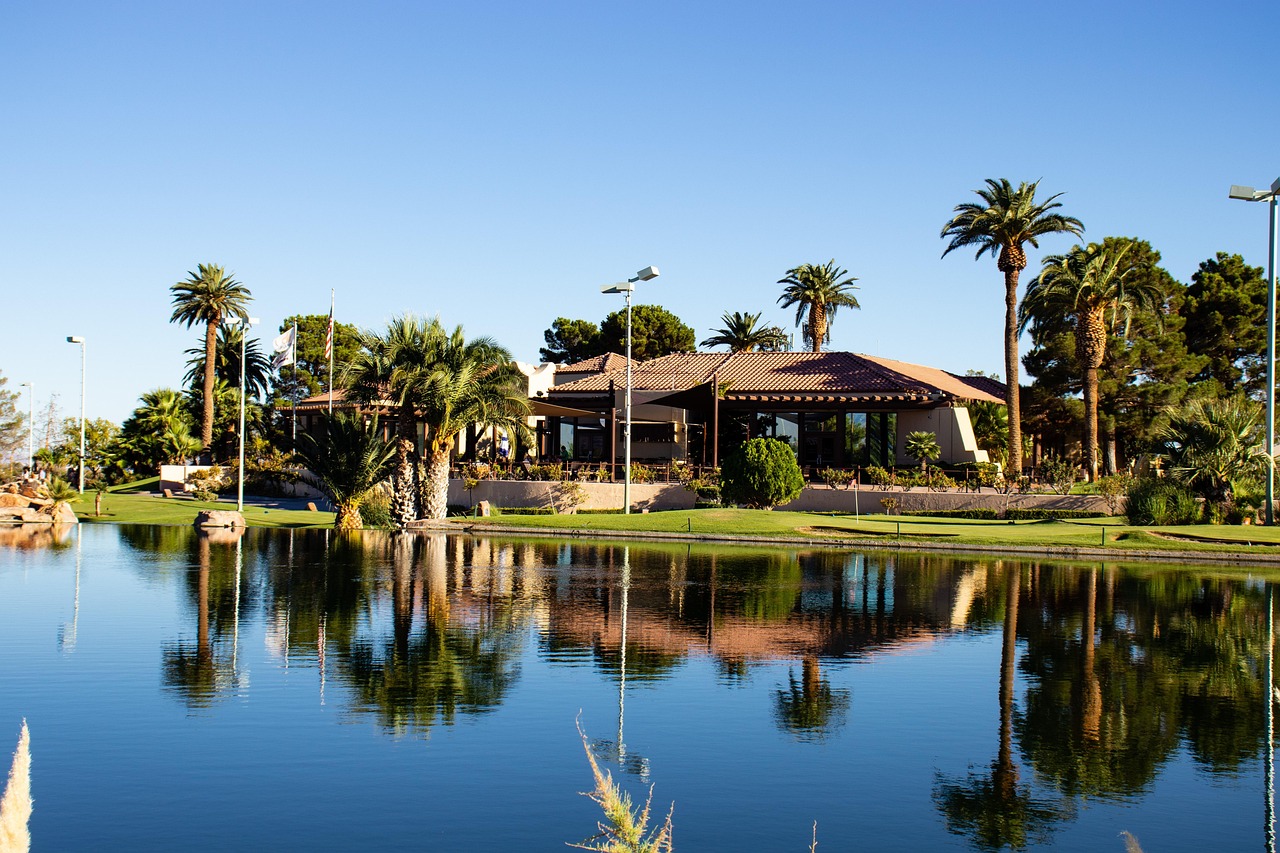The Land Tensure System (LTS) is a term used to describe how land is owned and controlled. There are many different land tenure systems, but they all have one common goal: to ensure that the land is used in the best interests of the people who live on it. This article will discuss the different land tenure systems and how they work.
One type of LTS is private ownership, where individuals or companies own and control the land. This system can lead to efficient use of resources, as landowners have a personal incentive to maximize profits from their land. However, private ownership can also lead to inequality and exploitation. Those with more financial power can acquire more extensive tracts of land and reap the benefits.
Another type is communal ownership, where a community collectively owns and manages the land. In this system, decisions about the use of the land are made through consensus among members of the community. This can promote equity and sustainability, as all members have a say in how their shared resources are used. However, making decisions and reaching a consensus among all members can be challenging.
The LTS refers to the rules and norms governing who has the right to use and access land. In many countries, including the United States, private ownership is the dominant form of land tenure. This means that individuals or corporations can buy and sell land as they please and have exclusive rights to use it for profit or personal reasons.
There are also forms of collective ownership, such as state-owned or publicly owned land, where the government controls and manages the land usage. This can be useful for ensuring public access to specific resources, such as parks or nature reserves. It can also allow for more centralized planning when the government deems it necessary.
We hope this information has been helpful to you.






